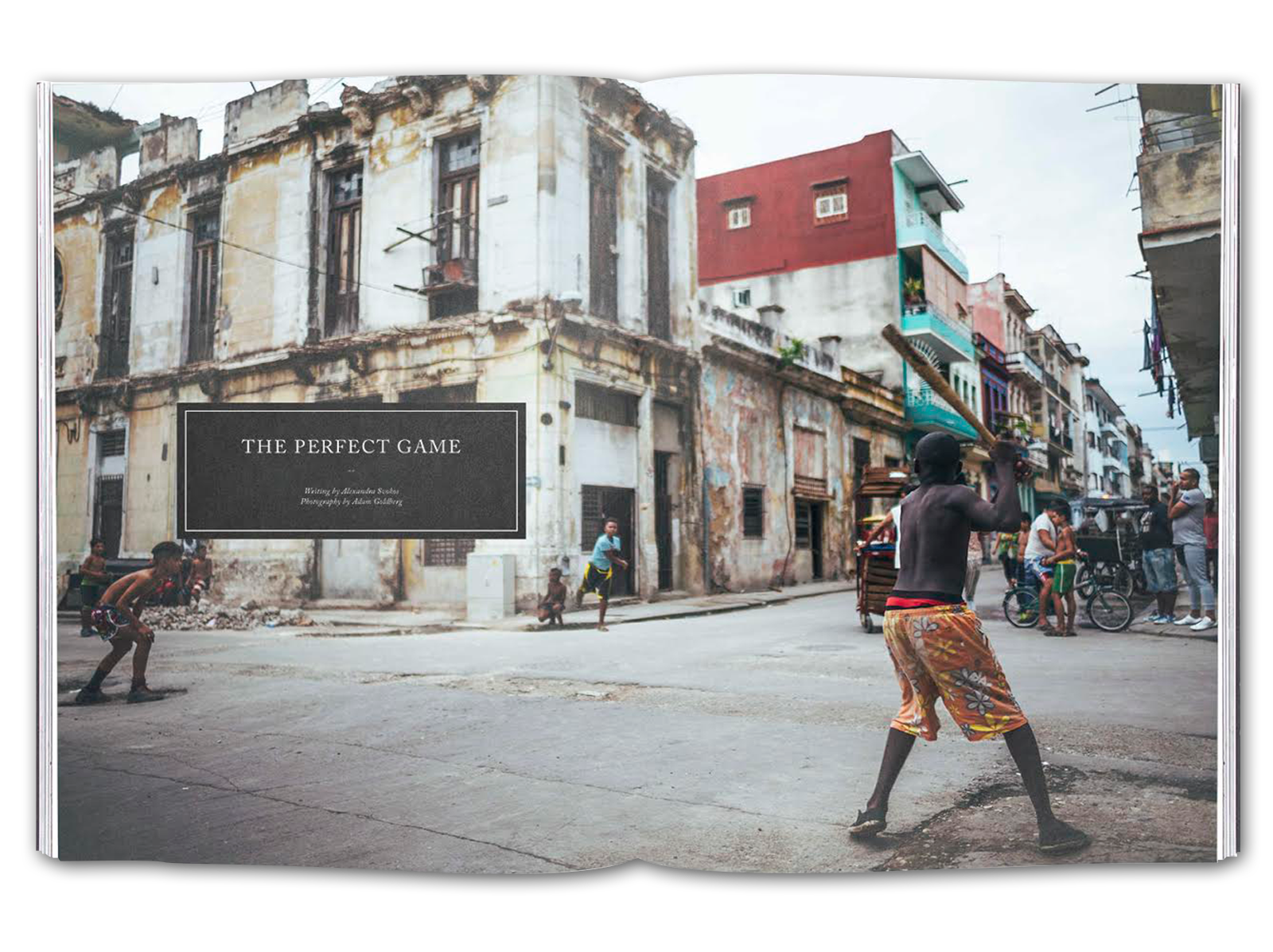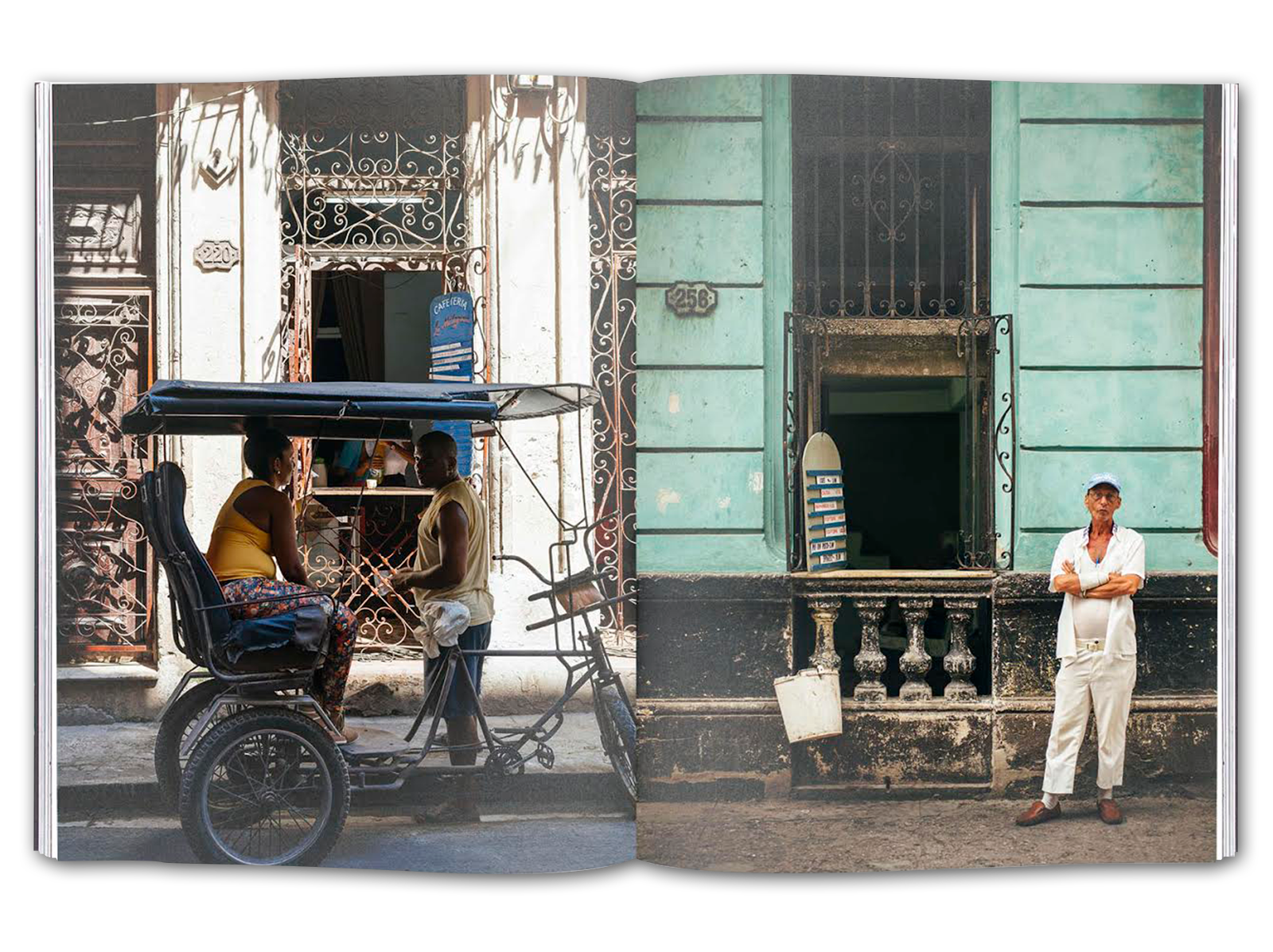As we are living in a world where dictators are causing chaos, an update to the old Dictator novel post is required. The one difference between these fictional dictators and the real dictators is that majority of the fictional ones came to power via coups. Whereas, most of real ones were elected. People lined up to vote. They called it democracy. Although, it is hard to see example of a proper functioning democracy anywhere in the world. Instead, we have dictators in power. They aren’t even in disguise and don’t hide their intentions. Of course, the media doesn’t use the word dictator when referencing these people but instead uses ‘strongman’ or ‘strongmen’. Interestingly, the usage of the word strongman has roots in Latin America when originally the term used to refer to dictators was caudillo, “a type of personalist leader wielding military and political power”.
Caudillo-->strongman-->dictator-->strongman. A circular reference but important nonetheless because when it comes to the Dictator novel, one has to start with Latin America. The "father of the dictator novel" is attributed to be the Argentine Domingo Sarmiento:
Even the wikipedia entry for “Dictator Novel” calls this a genre of Latin American literature. In terms of origins that is true but over the last decade, many examples of African and Asian literature have emerged with regards to this genre. Of course, outside of fiction, Latin America and Africa have given us plenty of real-life dictators but in recent years, Asia, Europe and recently the United States have put up their contenders.
The following is a listing of of fictional and non-fictional books about dictators and strongmen by regions/continents. Grouping by region also allows inclusion of books by European/North American authors who have set their books in Latin America.
Latin America
The presence of real-life dictators certainly helped fuel the Dictator Novel genre in Latin America but it was also an initial literary idea that Carlos Fuentes and Mario Vargas Llosa discussed about. As per Miranda France’s article:
After those initial offerings, many others were published including one by Llosa as well.
Books arranged as per published dates:
1. Facundo, Domingo Sarmiento (1845, Argentina)
It starts here.
2. Nostromo by Joseph Conrad (1904)
This is set in the fictional South American country of “Costaguana” but clearly influenced by happenings in other Latin nations. The inclusion of this book is due to the theme but it is hard to determine whether this book influenced other writings on Latin American Dictator Novels or not.
3. La sombra del caudillo (The Shadow of the Strongman) by Martín Luis Guzmán (1929, Mexico)
This book, about the post-1910 Mexican revolution, clearly set the ball rolling for the Dictator Novel genre.
4. Tyrant Banderas by Ramon del Valle-Inclán (1929)
A huge influence on the portrayal of Latin American dictators but the book didn’t start out as depiction of Latin America. As per Alberto Manguel’s introduction in the NYRB Classics English translation of this book:
After suffering censorship under the dictatorship of Primo de Rivera, who ruled Spain from 1923 to 1930 (Valle-Inclán was briefly imprisoned for this anti-Rivera opinions), he decided to transfer his depiction of Rivera’s tyranny to the wilder Mexican landscapes he had known, in part to use elements of the dictatorship of Porfirio Díaz in Mexico, in part to feel free from documentary constraints when speaking about his homeland. Not only Prime de Rivera and Porfirio Díaz served to create the character of Santos Banderas. In a letter to the scholar Alfonso Reyes, Valle-Inclán explained that it was “a novel about a tyrant with traits borrowed from Dr. Francia, Rosas, Melgarejo, López, Porfirio,” all Latin American dictators.
5. The Green Child by Herbert Read (1935)
This is one work that stands out from all the other books in the list because it is more than just about a dictator. The book is a fascinating blend of sci-fi, fantasy but the middle section of the book is about an accidental dictator. The description shows what a perfect good hearted dictator would look like or if someone became a dictator by accident. The final segment is best read without knowing any description because one can see the influence of this section on many films over the last few decades.
6. El Señor Presidente (The President) by Miguel Ángel Asturias (1946, Guatemala)
Inspired by the real life 1898–1920 presidency of Manuel Estrada Cabrera, this is often cited as the second most vital novel in the genre after Martín Luis Guzmán’s entry.
7. No One writes to the Colonel by Gabriel García Márquez (1961)
A novella instead of a novel.
8. The Death of Artemio Cruz by Carlos Fuentes (1962)
Not related to a specific dictator but the structure recalls other books included in this list. The story is around the memories of Artemio Cruz who recalls key events from his life. Such a technique can be seen in other books where dictators lay on their deathbed and recall their early childhood or key battles. Mahmoud Dowlatabadi’s Iranian novel The Colonel is one such example.
9. I, Supreme by Augusto Roa Bastos (1974, Paraguay)
A hugely vital book of the genre that was inspired by the Paraguayan dictator José Gaspar Rodríguez de Francia.
10. The Autumn of the Patriarch by Gabriel García Márquez (1975)
Not directly based on one person but a combination of various real-life dictators including Franco, Gustavo Rojas Pinilla (Colombia) and Juan Vicente Gómez (Venezuela).
11. Reasons of State by Alejo Carpentier (1975)
12. The Lizard's Tail by Luisa Valenzuela (1983)
13. The Peron Novel by Tomas Eloy Martinez (1985)
14. The General in His Labyrinth by Gabriel García Márquez (1989)
Fictionalized account of the last seven months of Simón Bolívar.
15. The Feast of the Goat by Mario Vargas Llosa (2000)
Set in the Dominican Republic and is about the Dominican dictator Rafael Trujillo.
16. The Dictator And The Hammock by Daniel Pennac (2010)
Africa (arranged by published date):
1. Children of Our Alley by Naguib Mahfouz (1959, Egypt)
The inclusion of this book is stretching the definition criteria for this list. The story doesn’t deal with an actual or fictional dictator/ruler but instead depicts traits that one finds in societies where dictators rule. The book is about strongmen who control the alley. These strongmen and their ways can instead be likened to gang leaders but their portrayal highlights larger issues of violence, tyranny and methods to repress people. Such traits are found in societies where dictators rule often by employing multiple strongmen/gangs to suppress people.
2. Kongi’s Harvest by Wole Soyinka (1965/1967)
A hugely vital 1965 play that was later published in 1967.3. Zayni Barakat by Gamal El-Ghitani (1974)
4. The Emperor by Ryszard Kapuściński (1978)
Ryszard Kapuściński's book about Haile Selassie's reign in Ethiopia is non-fiction but his beautiful writing paints such a vivid picture that most fictional authors fail to achieve.5, 6, 7. Nuruddin Farah’s ‘Variations on the Theme of an African Dictatorship’ trilogy, which includes the novels Sweet and Sour Milk (1980), Sardines (1981) and Close Sesame (1983).
8. Anthills of the Savannah by Chinua Achebe (1987, Nigeria)
9. The Fall of the Imam by Nawal El-Saadawi (1987, Egypt)
10. The Last King of Scotland by Giles Foden (1998)
Giles Foden's book meshes fact with fiction in depiction of Uganda's Idi Amin and is told from the perspective of a doctor.
Like Kapuściński, Michela Wrong's writing about Africa is essential reading. Her debut book highlights Mobutu Sese Seko in Zaire.
12. Wizard of the Crow by Ngũgĩ wa Thiong’o (2004, Kenya)
Wizard of the Crow by Kenyan author Ngũgĩ wa Thiong'o is pure magic realism in depicting the myth around an African ruler's hold on power. The book is set in a fictional country of Free Republic of Abruria but it incorporates elements that could apply to many African countries.
13. The Dictator's Last Night by Yasmina Khadra (2015)
Focuses on Gaddafi at the height of the Libyan Civil War in 2011.
14. Taduno’s Song by Odafe Atogun (2016)
A mythical tale not directly about a dictator but what happens in a society that is oppressed and how people forget things like music or a famous musician.
Asia (arranged as per published dates):
1. Shah of Shahs by Ryszard Kapuściński (1982)
Forms a nice pairing with Kapuściński’s The Emperor.
2. The Case of Exploding Mangoes by Mohammed Hanif (2008)
3. The Colonel by Mahmoud Dowlatabadi (2009)
The Colonel, by Mahmoud Dowlatabadi, is a masterpiece. But reader beware, it is a dark one and doesn't offer even a tiny droplet of hope. From its very beginning to its very end, it rains incessantly. Blood is spilled, children are buried in the darkness of the night, people betray themselves and one another, ghosts roam. — Marina Nemat, The Globe and Mail
The book is told in flashbacks via the Colonel's disintegrating memory. At first, it isn't the darkness of the material that makes it difficult to read but the structure which blends past with present or reality with hazy memories. The flashbacks of the dictator recall Carlos Fuentes’ The Death of Artemio Cruz but Dowlatabadi’s material is far darker and that is understandable given the story’s setting in a regime where one is encouraged to betray one’s family.
4. The Bleeds by Dimitri Nasrallah (2018)
The book deals with a fictional family of rulers but one can see shades of many real-life Middle Eastern dictators present in the book.
Other non-fiction books about dictators
I found all of these books insightful although in some cases, things have gotten much worse than what is outlined in the books.
i. How to Feed a Dictator by Witold Szablowski
Szablowski covers a topic that no other writer/journalist has ever done. He tracks down the cooks that fed Saddam Hussein, Idi Amin, Enver Hoxha, Fidel Castro and Pol Pot. As a result, the book gives some fascinating insight into the cultures, food (including actual recipes) and societies of the five nations where these dictators ruled.
ii. A Kim Jong-Il Production by Paul Fischer
A perfect example of a book where the “truth is stranger than fiction.” The book must be read to be believed and contains the most cinematic references than any other book on a dictator that I have ever read.
iii. The Dictator's Handbook by Bruce Bueno de Mesquita
iv. Strongmen: Trump, Modi, Erdoğan, Putin, Duterte
Edited by Vijay Prashad
v. The End of Europe by James Kirchick
vi. A Question of Order by Basharat Peer












































